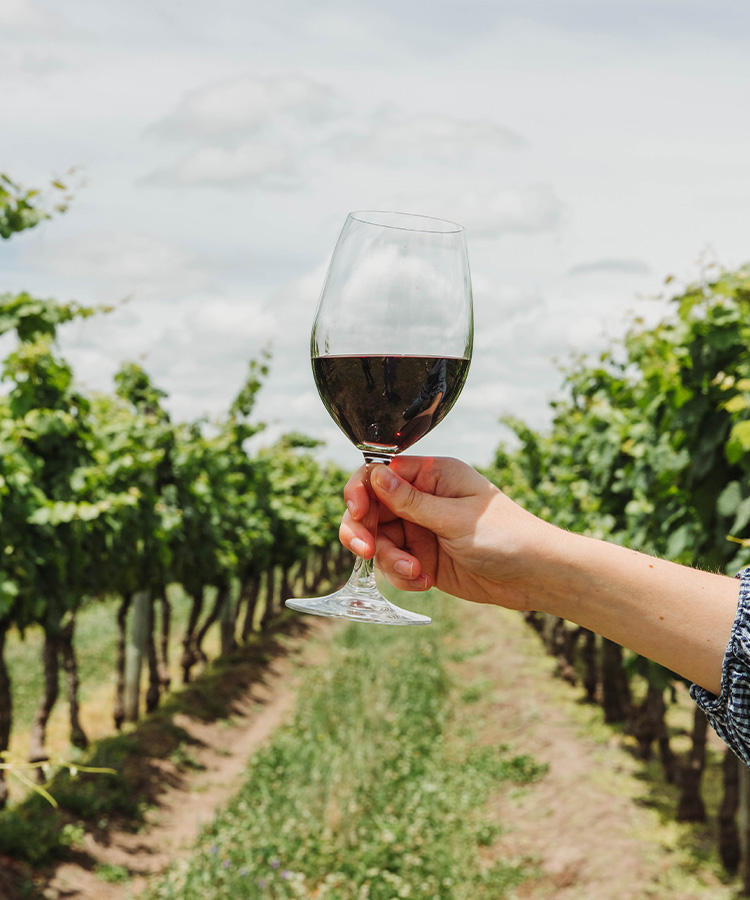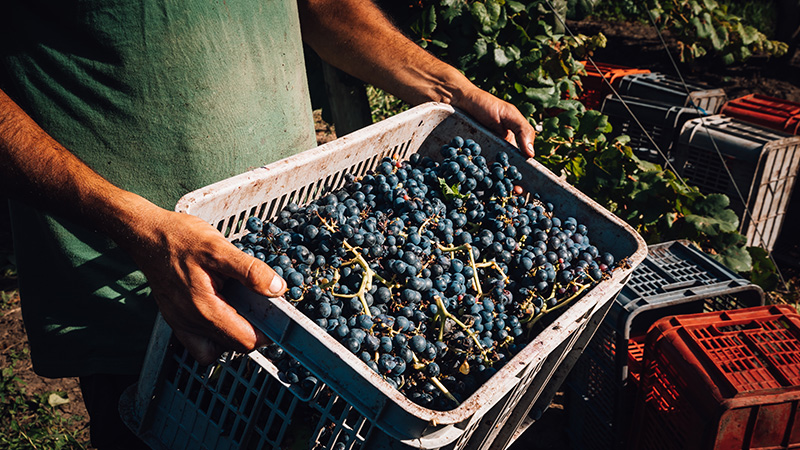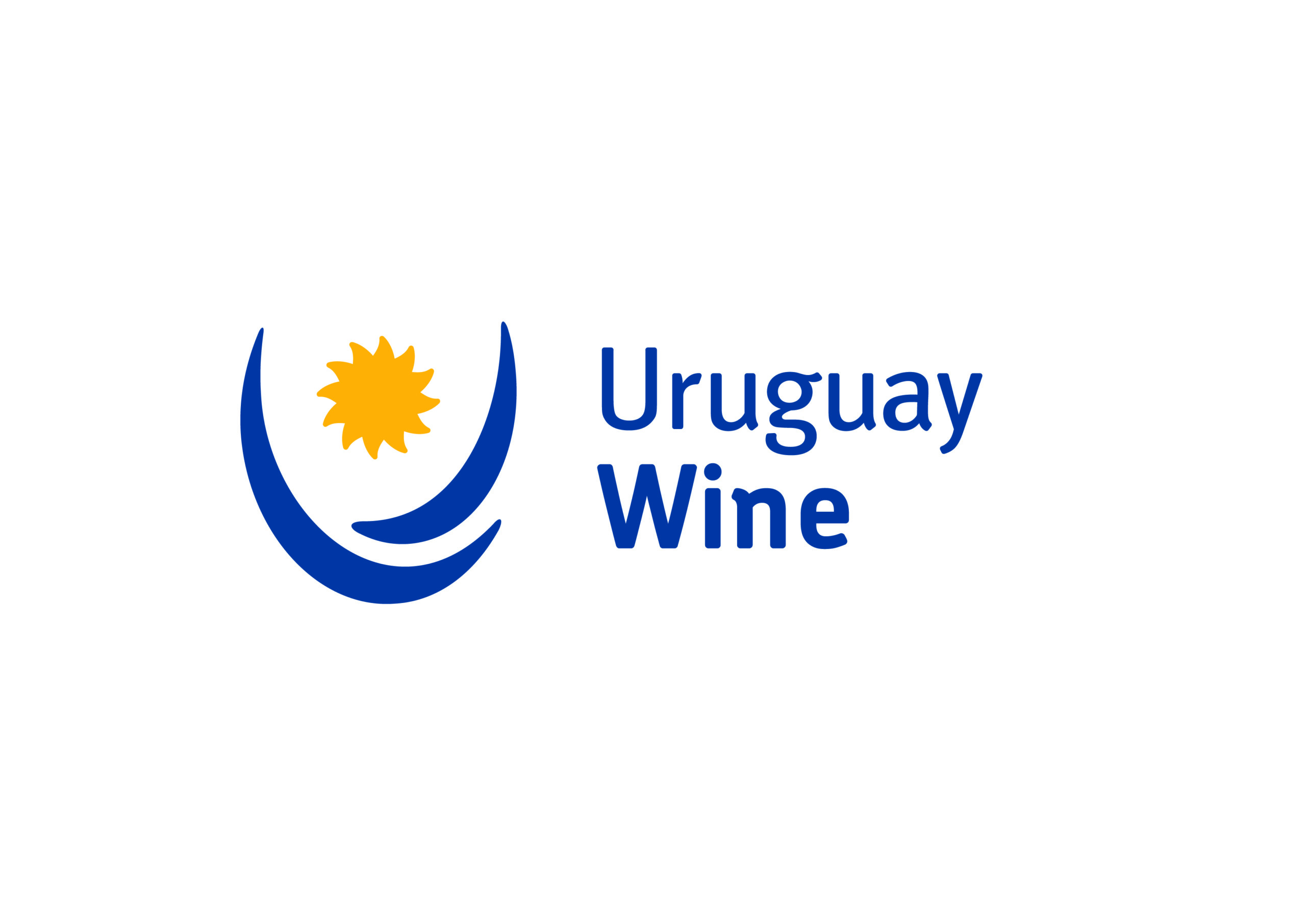Recently, VinePair spoke with Amy Racine, Beverage Director and Partner at JF Restaurants, about the stunning —and often underappreciated — wines of Uruguay. Here’s what she had to offer about the terroir, grapes, production, and bright outlook for this under the radar wine producing country.
We dove in at the root of it all, the terroir, which Amy notes is particularly well-suited to grape-growing.

Uruguay’s three primary soil types contribute to a range of styles in its wines. “There are sandy soils, which create softer textures, more aromatic wines, and wines with more complexity and openness,” says Racine. Calcareous soils which are high in clay content retain moisture well, making for wines that Racine says are “deeper and more concentrated.” Also, the country’s iconic granitic soils, which drain quickly and produce “linear, energetic wines.”
Racine adds that a huge environmental influence for Uruguay is water. The Atlantic Ocean’s breezes flow through the vines all day, cooling them down. “It retains the acid, keeping the wines fresh,” she says. “Additionally, Uruguay’s rivers provide rich fertile soil. And there’s real rainfall there.”
Uruguay’s wine identity is quietly confident. With evolving growing and production techniques, and expressions, Uruguay’s wines are well worth keeping an eye on, as there is much still to discover.
Amy encourages you to start with a new wave of terroir-driven bottlings that put a spotlight on the character of different winemaking regions and the grapes that thrive within: Canelones, Maldonado, Rivera, and Colonia. Racine says Canelones is the largest and one of the most historic winemaking regions, with a variety of soils, most notably 600-million-year-old pink granite. “Wines have a bit more body to them here, yet there is still a marked freshness, you will find some nice crisp whites produced here,” she adds.
In Maldonado, winemaking takes a more inventive approach. “There is a greater geological diversity here than any other region: soils are crystalline rock, alluvial and gravel, and rolling hills are met by the ocean wind,” she says. It is increasingly becoming known for its whites, primarily fresh, acid-driven Albariño.
Despite being on opposite sides of the country, Rivera, which runs along the northern border with Brazil, and Colonia, which runs along the Río de la Plata estuary in the South facing Buenos Aires, both excel with late ripening varieties. Rivera has deep red sand soils and is a drier region with more growing degree days than others. Producers here, make aromatic reds from Tannat that are bright and precise, and unexpected blends with a range of varieties: Marselan, Malvasia, Trebbiano, among others. In Colonia, the stony soils and warm waters of neighboring rivers yield concentrated Tannat, Cabernet Sauvignon and Marselan, and aromatic Viognier.
Viewed as Uruguay’s flagship grape, Tannat, is a characteristically tannic, thick-skinned, powerful red. While it grows in other areas of the winemaking world, such as Madiran in France, Tannat is undeniably Uruguayan and has found its soul in all regions of the country. Tannat helped put Uruguay on the global wine map, and now Uruguayan winemakers are experimenting and evolving with the grape, realizing its full potential as a variety capable of producing rich and expressive wines – as a single varietal and in blends. Modern Tannat winemaking, says Racine, can bring out offerings that are bright, with soft tannins and well-structured flavor profiles.
The grape is being picked earlier, and it’s being extracted more gently, too. By varying their production methods, winemakers have been able to broaden the spectrum of Tannat’s expectations. For instance, the process of Carbonic maceration, typically applied to Beaujolais Nouveau, for example, is now being used in the production of Tannat in Uruguay. Racine says it offers “more lift, more perfume, and softer tannins” to the wines.
Racine adds that some winemakers are using amphorae, foudre, and concrete eggs as a neutral environment that lets the grape do the talking. Racine explains that aging wines in these alternative vessels allows for “a more subtle oxygen exchange. There are more vanilla tannins, but it just happens a little bit slower,” she says. Together these methods preserve the purity of fruit, freshness, and minerality.
In blends, Racine says, Tannat is a great contributor of structural backbone. “I think Merlot fills it out and fills in the middle. It’s like the belly. And Cabernet Franc adds lift and has the potential to add savory aromatics.” And wine drinkers can expect to see other promising varieties used in blends like Marselan, Petit Verdot, and Cabernet Franc, although some of them are being used for single-variety expressions.
Uruguay is both committed to sustainability, environmentally and socially, and traceability, with an astounding 100 percent vineyard geolocation and 50 percent of plantings certified under the Sustainable Grape Program. In addition, 90 percent of the country’s wineries are family-owned showing a deep know-how and dedication to this place.
Racine says Uruguayan wines belong in any modern portfolio, and, she notes, there’s a real opportunity for education about them because they aren’t as well-known as other wines from around the globe. “Everyone is talking about the state of the wine industry right now, but Uruguay has the unique opportunity to position itself as fine-wine and affordable.”
It’s natural to compare Uruguayan wines with the other South American wines, such as those from Chile and Argentina. However, wines from those countries, Racine says, run at a higher price point. She adds that “Uruguay is still an undiscovered gem, in a way it has a blank slate with many US audiences. It’s a really exciting place” with Tannat now enjoying an identity all its own, the way Malbec has done in Argentina, but also other varieties and style defining the dynamic offerings from Uruguay.
This article is sponsored by Uruguay Wine.



